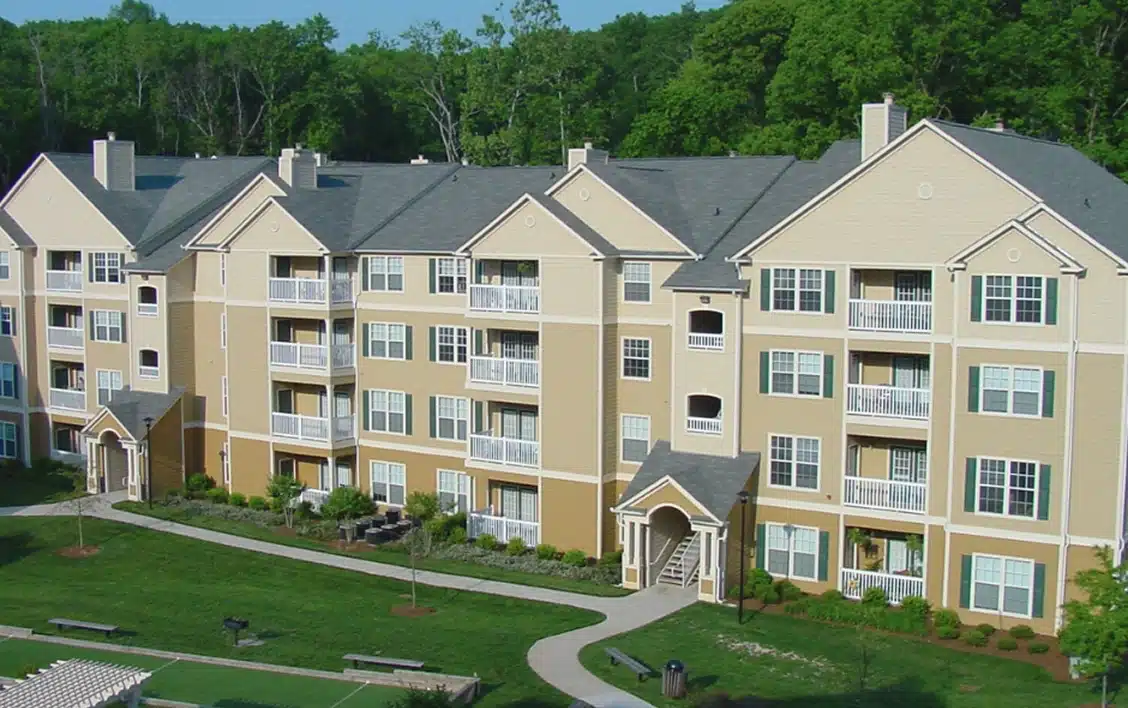First Light’s In-House Permanent Housing program serves individuals with disabilities who are unlikely to live independently. The program features nine individual rooms in a shared community setting with common kitchen, dining, and activity spaces. Residents participate in organized activities like cooking, arts and crafts, field trips, and life skills programs to enhance their self-sufficiency and quality of life. This supportive environment offers them a stable home and a sense of belonging.

Many First Light guests face chronic homelessness and disabilities that make securing jobs or housing nearly impossible. The Trio program provides permanent supportive housing, offering stable, fully stocked apartments where participants regain comforts like cooking and personal space. With the help of a Social Worker, they navigate employment, transportation, and bills, fostering stability and independence.

Rapid Re-Housing offers short-term rental assistance and services to help individuals quickly secure and maintain housing. As a proven solution for ending homelessness, it increases self-sufficiency and stability by connecting people to permanent housing. This foundation enables them to tackle challenges like employment or substance abuse that may have contributed to their homelessness.
